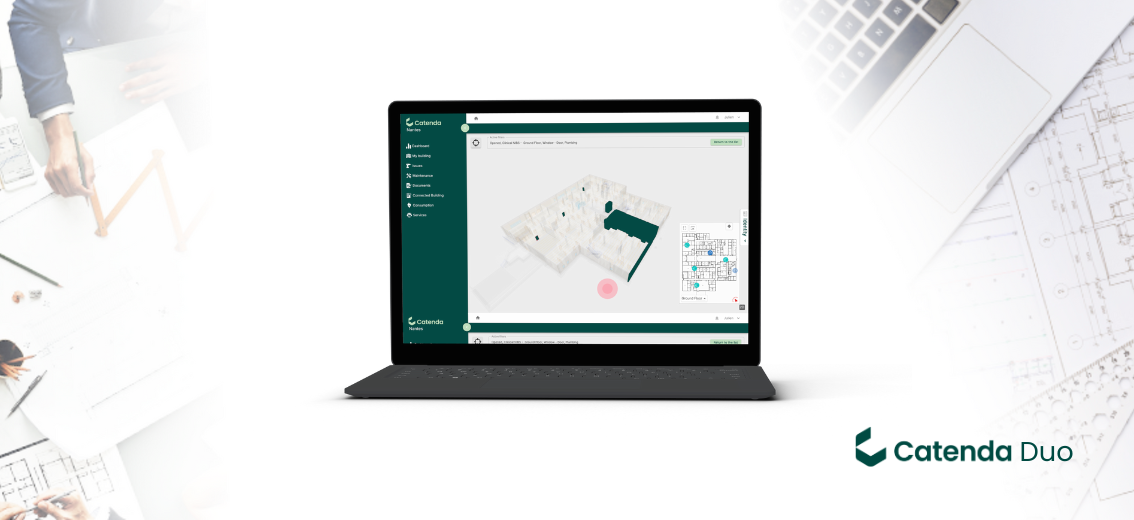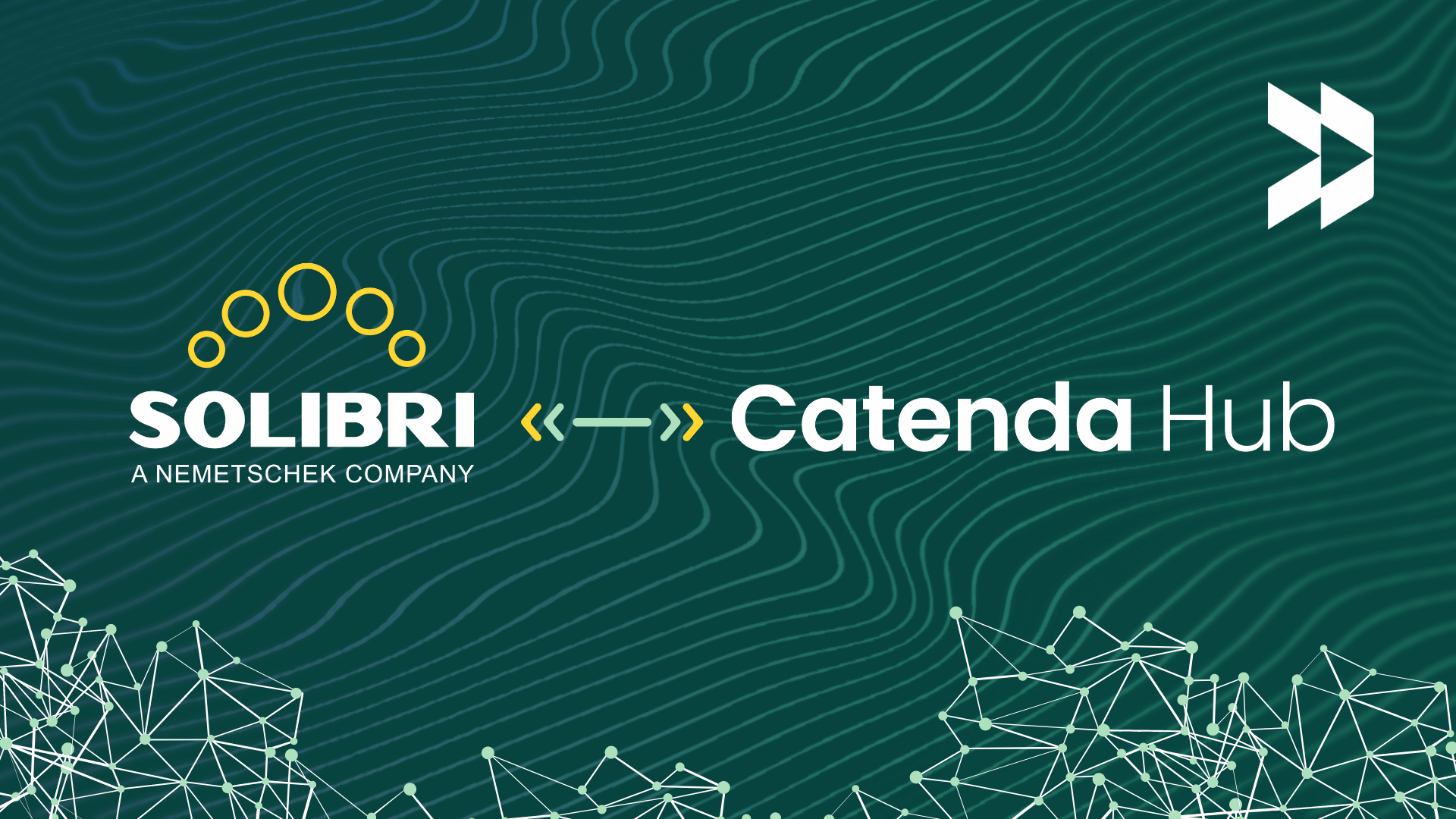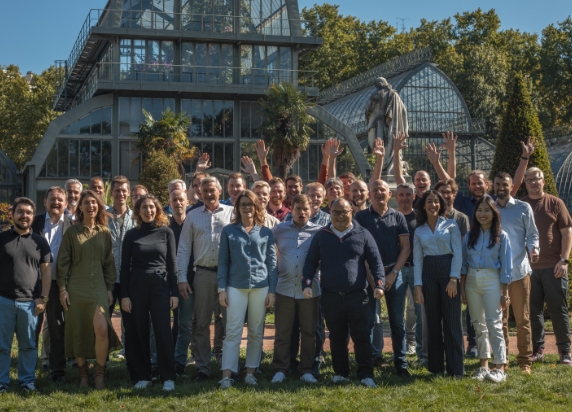The landscape of construction and facility management is undergoing a revolution. Fueled by continuous innovation, digital transformation promises to optimize workflows, enhance efficiency, and usher in the adoption of smart buildings and smart cities. However, despite the surge of groundbreaking technologies, the path to complete digital transformation has been fraught with challenges.
Beyond the Technology: Challenges of Digital Transformation in Construction and Facility Management
The trend toward digital transformation in construction and facility management has been marked by waves of innovation, each promising to revolutionize the industry. Building Information Modeling (BIM) stands as a prime example. When it emerged more than two decades ago, BIM was hailed as a transformative force, holding the promise of enhancing security, saving costs, and boosting productivity. However, despite such advancements, the anticipated revolution in these sectors has often fallen short of expectations.
One critical obstacle has consistently thwarted progress: change management. The human resistance to new systems and facility management processes often overshadows the potential benefits of cutting-edge technology. This article explores a pragmatic approach to overcoming this hurdle, outlining a “brick by brick” strategy that leverages existing resources and fosters a smooth transition toward smart building facility management.
Building on Existing Assets: The First Brick
Recognizing this challenge, a new approach has emerged – one that advocates for incremental change and the gradual adoption of new technologies. Just as with any transformation, starting small and gradually integrating new practices into daily workflows proves to be very effective. This philosophy holds true in the realm of Asset Management as well.
Rather than overwhelming teams with complex solutions, the key lies in leveraging existing resources – such as models and documents – to optimize maintenance and operational workflows. By utilizing familiar tools as a foundation, organizations can introduce online platforms that facilitate real-time monitoring and management of smart building assets and information.
This approach offers several advantages.
- First, it minimizes disruption. Teams can continue using the tools they’re comfortable with while slowly integrating new functionalities. This reduces the learning curve and fosters a sense of ownership over the process.
- Second, leveraging existing resources makes the transition more cost-effective. Companies don’t need to invest heavily in entirely new facility management software suites, but rather can leverage their existing investments and build upon them.
- Finally, this incremental approach allows for continuous improvement. As teams become comfortable with new technologies, organizations can introduce more advanced features and functionalities, constantly evolving their asset management practices.
Open APIs: The Mortar for a Connected and Unified Approach
Crucially, the strategy isn’t about replacing existing tools but enhancing them. This is where the power of open APIs, such as those offered by Catenda, comes into play. With the ability to seamlessly connect disparate software systems, organizations can create a unified interface for asset management, minimizing disruption and streamlining workflows.
Open APIs act as a bridge between different software programs, allowing them to share data and functionalities. This eliminates the need to completely replace existing tools and provides a smoother integration with new technologies and smart devices. Here’s how open APIs empower the “building block” approach:
- Centralized Management: By connecting various software systems through open APIs, organizations can create a unified interface for asset management. This eliminates the need to switch between different programs, improving efficiency and reducing the risk of errors.
- Streamlined Workflows: Open APIs enable real-time data exchanges between different tools. This allows for automated workflows, where tasks are triggered and information is updated automatically across various systems. This not only saves time but also minimizes manual data entry and potential inconsistencies.
- Flexibility and Scalability: Leveraging open APIs allows organizations to integrate new technologies and functionalities as needed. This future-proofs the system and ensures it can adapt to evolving requirements without significant disruptions.
By facilitating a more connected and user-friendly environment, open APIs play a crucial role in making the transition to advanced asset management practices more palatable for teams. This fosters a culture of continuous improvement as users can leverage familiar tools while embracing the power of new technologies.
A Phased Approach to Smart Building Projects
Looking ahead, the vision of smart buildings powered by IoT devices and real-time data analytics is undoubtedly enticing. However, the journey toward full connectivity and automation need not be rushed. Instead, organizations can adopt a phased approach, starting with foundational asset management practices and gradually incorporating connected technologies as needs evolve.
This approach involves breaking down the overall project into manageable sections or phases, each focusing on a specific aspect of the smart building transformation. The phased approach can start with the integration of basic IoT (Internet of Things) devices, Smart Building Applications, Smart Sensors and gradually move toward more advanced technologies such as Artificial Intelligence, Machine Learning, Advanced Analytics and Digital Twin.
This approach not only minimizes upfront costs but also ensures a smoother transition for teams. The method provides time for teams to adapt to each new smart building technology before introducing the next. Rather than facing a steep learning curve with each technological advancement, users can seamlessly adapt within a familiar interface – a critical factor in driving widespread adoption. It also allows for better planning, controlled implementation, and risk management. Furthermore, it gives the opportunity to assess the impact of each phase, ensuring that the adopted technologies are indeed enhancing building performance and energy efficiency.
Here’s a possible structure for phased implementation:
- Initial Assessment and Planning: Define project goals, identify existing assets, and determine the technologies needed to meet the objectives.
- Basic Integration: Implement fundamental smart building features such as automated lighting, air conditioning and heating systems.
- Advanced Integration: Deploy more complex and smart technologies like AI-driven predictive maintenance systems.
- Continuous Evaluation and Improvement: Regularly review the system’s performance and make necessary adjustments.
Remember, the key to a successful phased approach lies in fluid communication and collaboration throughout the process.
In essence, the path to smart building evolution begins with a pragmatic approach to change management. By starting small, leveraging existing resources, and embracing interoperability through open APIs, organizations can lay the groundwork for a future where buildings are not just structures but intelligent, adaptive ecosystems. With each incremental step, the promise of digital transformation becomes a tangible reality.
Unlock Smarter Facilities: Catenda Duo APIs – The Key to Your Intelligent Building Management System
Explore the potential of Catenda Duo APIs to unlock smarter facilities. With our APIs, you can take your Building Operations System to the next level. These APIs serve as keys to integrating and managing components of your entire smart building, such as heating, electricity, and other building data.

Take advantage of these APIs to foster a more connected and data-driven approach to facility management, optimize the functionality and efficiency of your buildings and maximize the value of your properties.
- Collect and optimize building data for improved operations and reduced environmental impact & carbon emissions.
- Centralize all the data collected by the sensors on a single intuitive and easy to use platform: heating, electricity, documents, BMS & IoT etc.
- Connect documents and data to virtual assets with a single click to create a true digital twin.
Catenda Duo APIs empower you to tailor the platform to your specific needs. Our interface lets you create your own smart building management system, ensuring a personalized and efficient approach to building management.
At Catenda, we’re passionate about building a better future for the industry – one that’s smarter, more sustainable, and built to last. We’re here to guide you through your digital transformation journey, helping you establish a system perfectly tailored to your specific needs. Ready to unlock the full potential of your smart buildings? Contact our Catenda Duo API experts today to discuss your unique requirements.




